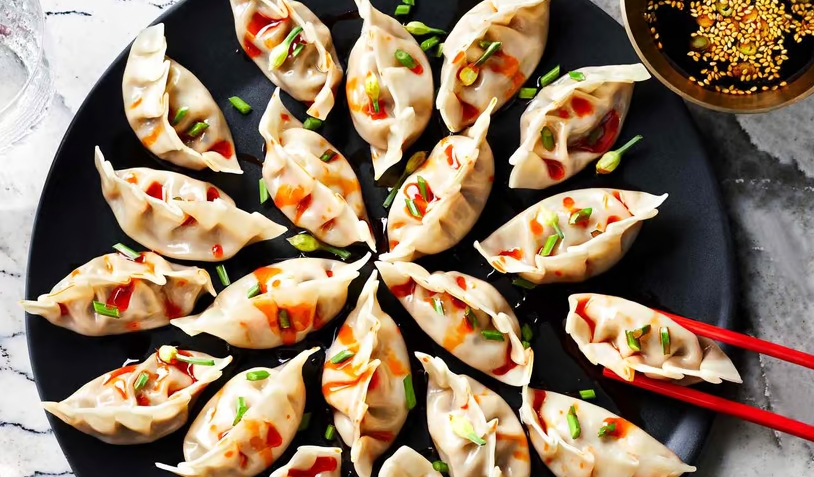Equipment needed:
• Large Mason Jars
• Measuring Spoons
• Mixing Bow
• Funnel
Homemade Sazón
Ingredients:
- 2 tablespoons ground coriander
- 2 tablespoons ground cumin
- 2 tablespoons garlic powder
- 2 tablespoons onion powder
- 1 tablespoon dried oregano
- 1 tablespoon paprika (preferably smoked for added flavor)
- 1 teaspoon saffron or turmeric (for color)
- Salt and pepper to taste
Instructions:
1. In a bowl, mix all the ingredients together until well combined.
2. Store in an airtight container in a cool, dry place.
Homemade Adobo
Ingredients:
- 4 tablespoons garlic powder
- 4 tablespoons onion powder
- 2 tablespoons dried oregano
- 2 tablespoons black pepper
- 2 tablespoons salt (adjust to taste)
- 1 tablespoon paprika (optional)
- 1 teaspoon cayenne pepper (optional, for heat)
Instructions:
1. Combine all the ingredients in a bowl, mix thoroughly and transfer to an airtight container.
Homemade Sofrito
Ingredients:
- 1 cup chopped onions
- 1 cup chopped green bell peppers
- 1 cup chopped tomatoes (fresh or canned)
- ½ cup chopped cilantro
- 4 cloves of garlic, minced
- 1 teaspoon oregano
- Olive oil (as needed for sautéing)
Instructions:
1. In a skillet, heat a little olive oil over medium heat.
2. Add the onions and bell peppers, sauté until they’re soft.
3. Stir in the tomatoes, garlic, and oregano. Cook until the mixture thickens.
4. Remove from heat and allow to cool slightly.
5. Blend the mixture until smooth, adding a bit of olive oil if necessary.
6. Store in the refrigerator for up to a week or freeze in portions.
Homemade Recao (Culantro)
Ingredients:
- 1 bunch culantro (or substitute with cilantro if unavailable)
- 1 clove of garlic
- ¼ cup of water or olive oil (to blend)
Instructions:
1. Wash and chop the culantro leaves.
2. In a blender, combine culantro, garlic, and water or olive oil. Blend until smooth.
3. Use immediately or store in an airtight container in the freezer.
Just in case you need further convincing, here's a few benefits of homemade seasonings:
1. Healthier Ingredients: You can control what goes into your seasonings, avoiding additives like MSG, artificial colors, and preservatives.
2. Flavor Customization: Adjust ingredients based on personal taste preferences or dietary restrictions.
3. Freshness: Homemade blends often have a fresher flavor compared to pre-packaged options. Simply mix well and store in airtight containers. One and 1/2 tsp of your home made sazon is = 1 packet of Goya Sazon and so on and so forth.
In closing, we know corporate moguls prioritize profit over public health, so, while adobo and Sazón continue to be part of Puerto Rican culture, WE must prioritize our health in our culinary practices. By using flavorful alternatives and championing healthier cooking methods, we can celebrate our culinary heritage while safeguarding our well-being. Let’s take action today for a healthier tomorrow—because delicious food should nourish us, not cause harm.










